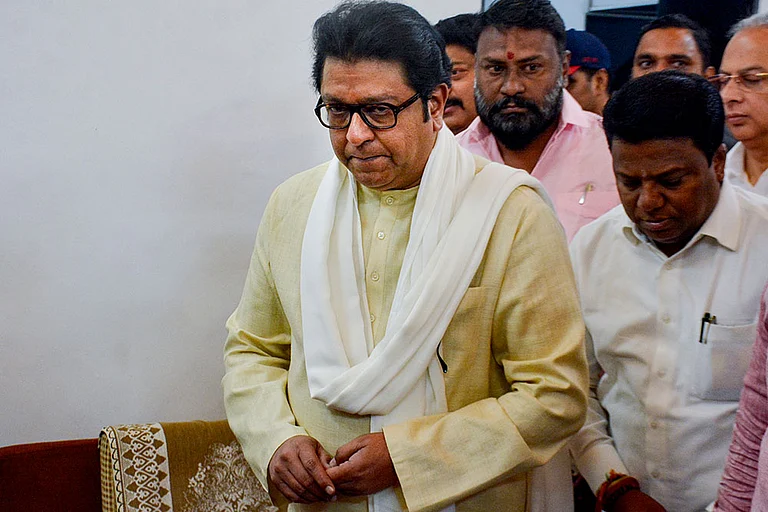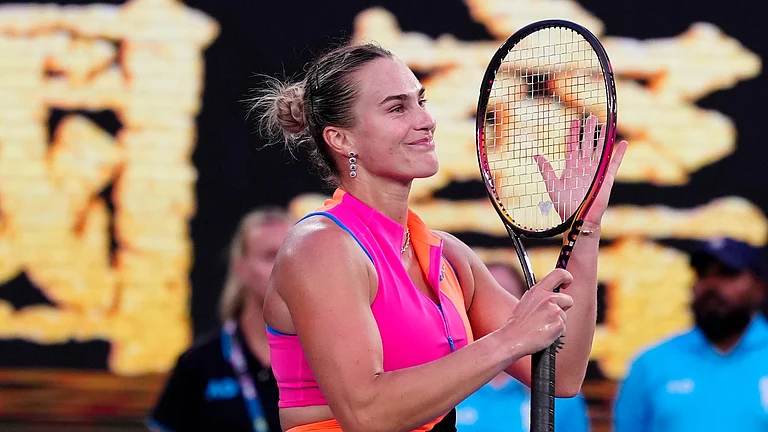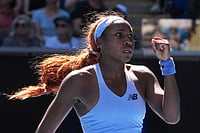Minimum temperatures continued to dip at night in most parts of Kashmir even as dense fog disrupted early morning life for the second consecutive day in the Valley on Tuesday, officials said here.
Srinagar, the summer capital of Jammu and Kashmir, recorded a low of minus 3.0 degrees Celsius on Monday night, a slight decrease from the previous night's minus 2.3 degrees Celsius, they said. Pahalgam in south Kashmir's Anantnag district, which serves as one of the base camps for the annual Amarnath Yatra, recorded a minimum temperature of minus 4.7 degrees Celsius, down from the previous night's minus 4.3 degrees Celsius, they said, adding that the it was the coldest recorded place in the Kashmir Valley.
Gulmarg, a famous ski resort in Baramulla, recorded a low of minus 2.4 degrees Celsius, officials said. Qazigund recorded a low of minus 3.0 degrees Celsius, while Kokernag town saw the mercury settle at minus 2.0 degrees Celsius and Kupwara recorded a minimum of minus 3.5 degrees Celsius.
The Met department said the weather is likely to remain mainly dry till the end of the month. A dense layer of fog engulfed Srinagar city, affecting normal life for the second consecutive day, officials said. There was less than usual traffic on roads in the morning while vehicles were seen moving at low speeds due to the reduced visibility.
"The visibility in Srinagar at 9.25 am was 91 metres due to the fog cover. The motorists should drive carefully due to the low visibility," an official of the local meteorological office said. Kashmir is currently under the grip of 'Chilla-i-Kalan' -- the 40-day harshest winter period when a cold wave grips the region and the temperature drops considerably, leading to the freezing of water bodies, including the Dal Lake, as well as the water supply lines in several parts of the Valley.
The chances of snowfall are the highest during this period and most areas, especially the higher reaches, receive heavy snowfall. 'Chilla-i-Kalan' will end on January 31. However, the cold conditions will continue after that with a 20-day-long 'Chilla-i-Khurd' (small cold) and a 10-day-long 'Chilla-i-Bachha' (baby cold).





















